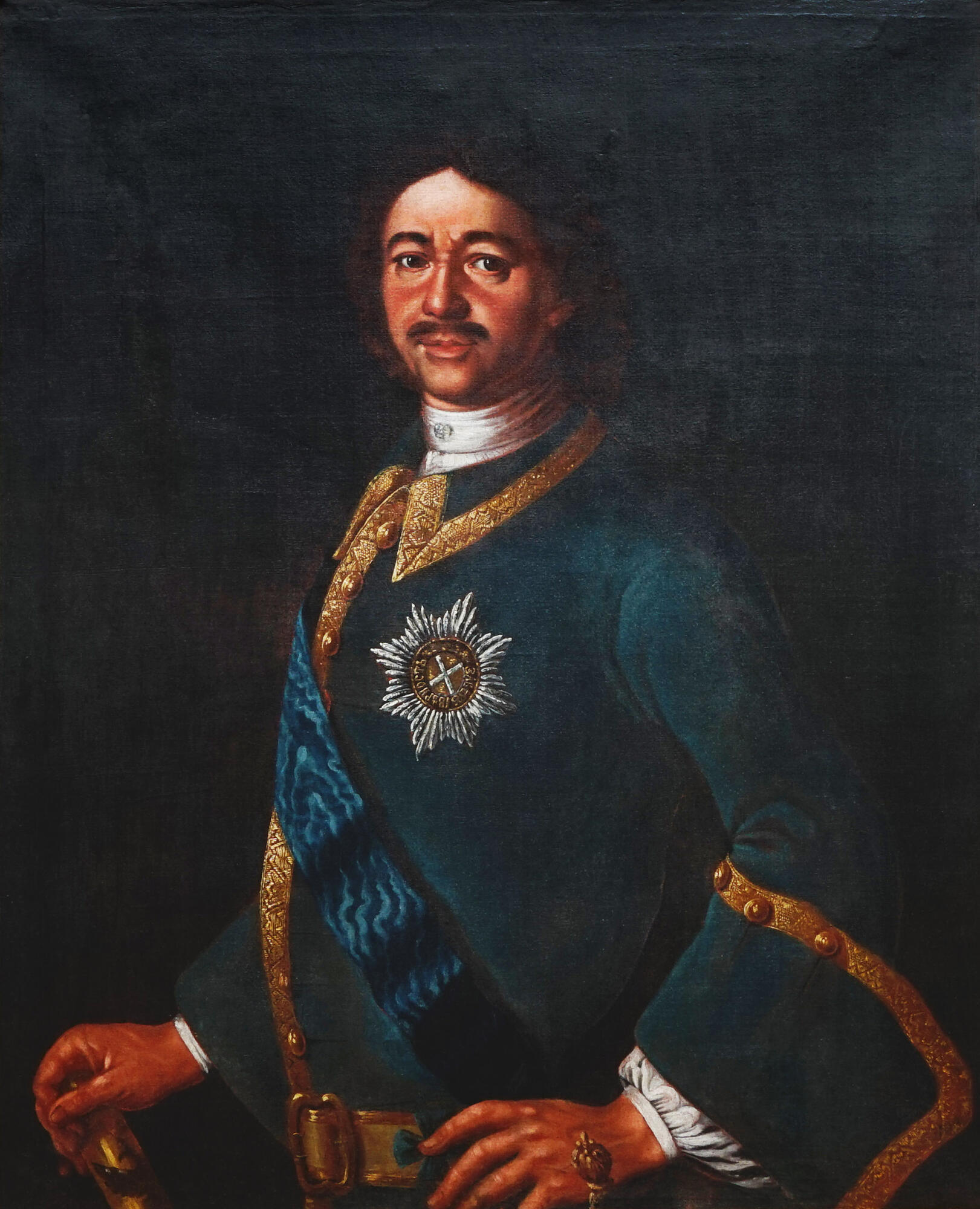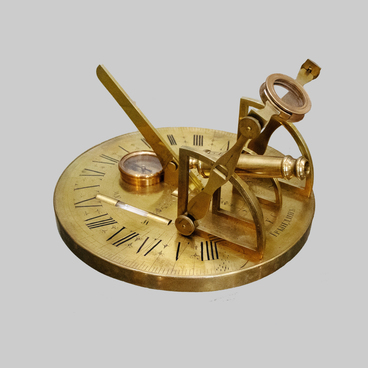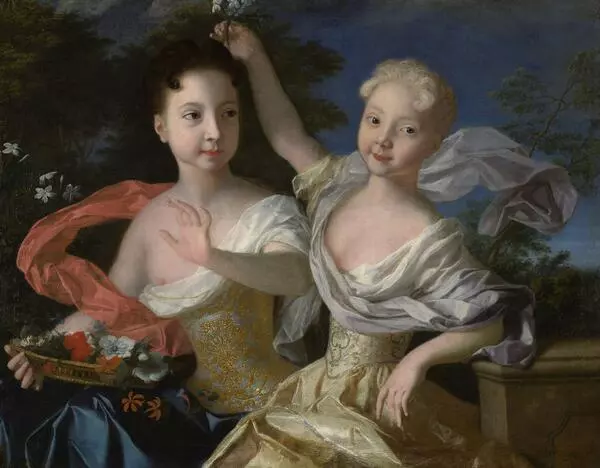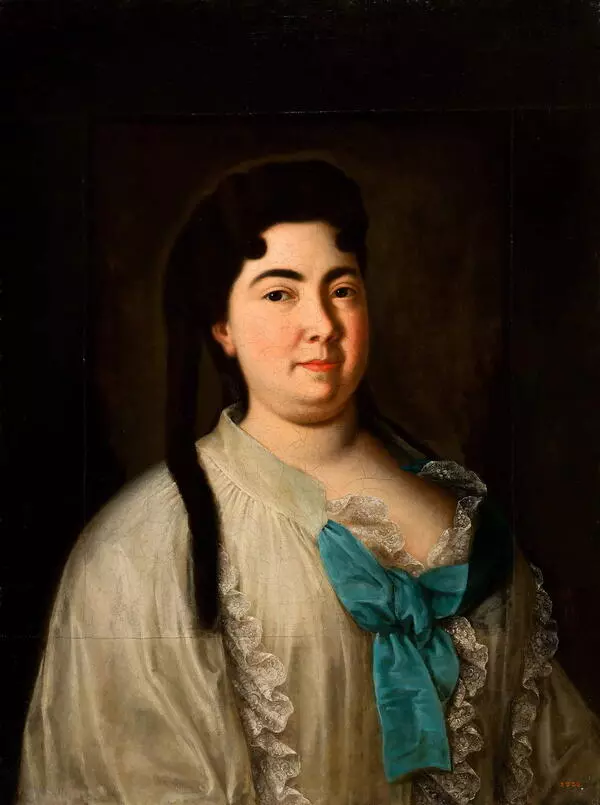The grand portrait of Peter the Great shows him wearing a uniform of the PreobrazhEnsky Regiment with the Order of Andrew the First-Called and a clouded ribbon over his shoulder. The emperor is depicted at the height of his glory, proud and strong-willed, capable of both harshness and compassion.
Creating the image of a middle-aged man, the artist endows him with great vigor and regal pride in the new Russia. The emperor has a proud look and a stately posture. Only his big brown eyes betray immense fatigue and concern for the future of the country.
The portrait was initially attributed to an unknown artist of the 18th century. The name of the author is still a matter of debate. The painting could potentially belong to the brush of Ivan NikItin or Louis Caravaque.
Louis Caravaque was born in Marseille in 1684. He was a third generation carver and decorator. His family decorated ships in Toulon, and later in Marseille.
On November 13, 1715, in Paris, Caravaque signed a three-year contract with P. Lefort to work in Russia as a painter of ‘historical paintings, portraits, forests, villages, flowers, and animals in large, small and miniature formats.’ Under the contract, he also had to take Russian apprentices.
In 1716, the artist came to St. Petersburg, where he would live until the end of his days.
One time, Elizaveta Petrovna was on a boat trip when her boat capsized. Only Louis managed to get to the girl and save her. For this feat, Peter the Great awarded him with a house and admitted him to the Imperial Guard, where he rose to the rank of colonel.
While living in Russia, Caravaque made several paintings of Peter the Great, Catherine I, their daughters Anna, Elizaveta, and Natalia, and the children of Tsarevich Alexei, Natalia and Pyotr. Jacob von Stäehlin, a member of the Russian Academy of Sciences and a memoir writer, said Caravaque was very skilled at capturing the likeness of the people he painted.
In the last years of his life he worked as a decorator, painted icons for Elizaveta Petrovna, and made a large grand portrait of her.
Among his apprentices were painters, sculptors, and decorators Ivan Vishnyakov and Alexei Antropov.
Creating the image of a middle-aged man, the artist endows him with great vigor and regal pride in the new Russia. The emperor has a proud look and a stately posture. Only his big brown eyes betray immense fatigue and concern for the future of the country.
The portrait was initially attributed to an unknown artist of the 18th century. The name of the author is still a matter of debate. The painting could potentially belong to the brush of Ivan NikItin or Louis Caravaque.
Louis Caravaque was born in Marseille in 1684. He was a third generation carver and decorator. His family decorated ships in Toulon, and later in Marseille.
On November 13, 1715, in Paris, Caravaque signed a three-year contract with P. Lefort to work in Russia as a painter of ‘historical paintings, portraits, forests, villages, flowers, and animals in large, small and miniature formats.’ Under the contract, he also had to take Russian apprentices.
In 1716, the artist came to St. Petersburg, where he would live until the end of his days.
One time, Elizaveta Petrovna was on a boat trip when her boat capsized. Only Louis managed to get to the girl and save her. For this feat, Peter the Great awarded him with a house and admitted him to the Imperial Guard, where he rose to the rank of colonel.
While living in Russia, Caravaque made several paintings of Peter the Great, Catherine I, their daughters Anna, Elizaveta, and Natalia, and the children of Tsarevich Alexei, Natalia and Pyotr. Jacob von Stäehlin, a member of the Russian Academy of Sciences and a memoir writer, said Caravaque was very skilled at capturing the likeness of the people he painted.
In the last years of his life he worked as a decorator, painted icons for Elizaveta Petrovna, and made a large grand portrait of her.
Among his apprentices were painters, sculptors, and decorators Ivan Vishnyakov and Alexei Antropov.







